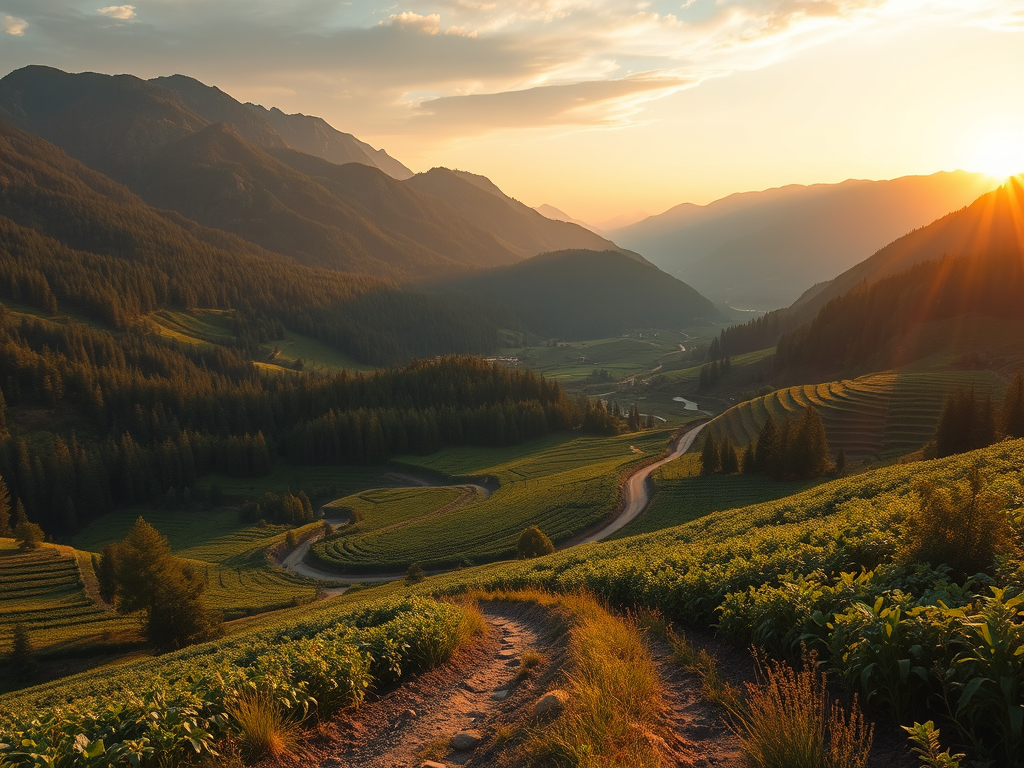Artificial Intelligence (AI) and the Internet of Things (IoT) are transforming vertical farming by making it possible to manage crops accurately and based on data. IoT sensors such as temperature, humidity, light intensity, and nutrient sensors constantly keep track of environmental parameters and plant health. IoT devices send real-time information to cloud systems, enabling farmers to make data-driven decisions regarding irrigation, fertilization, and climate control.
AI further optimizes this process by processing big data gathered by sensors and cameras. Machine learning algorithms recognize early warnings of plant stress, disease, or pest attack, anticipating problems before they actually arise. AI systems also refine growth conditions by altering illumination, temperature, and nutrient supply automatically, maximizing yield and minimizing waste of resources.
AI and IoT automation minimizes labor needs and operation mistakes. For instance, drones or robotic arms can seed, track, and harvest crops according to schedules made by AI, and do so uniformly and efficiently. Predictive analytics also assist in projecting crop cycles, which allows for optimized supply chain management and market planning.
Combined, AI and IoT optimize vertical farming as more efficient, sustainable, and scalable, transforming indoor farms into smart ecosystems that achieve maximum productivity while reducing environmental footprints, energy consumption, and operational expenses.
